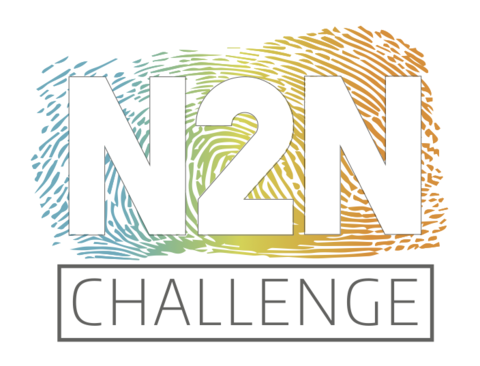NIST Special Database 302

In September 2017, the Intelligence Advanced Research Projects Activity (IARPA) held a data collection as part of its Nail to Nail (N2N) Fingerprint Challenge. Participating Challengers deployed devices designed to collect an image of the full nail to nail surface area of a fingerprint—equivalent to a rolled fingerprint—from an unacclimated user, without assistance from a trained operator. Traditional operator-assisted live-scan rolled fingerprints were also captured, along with assorted other friction ridge live-scan and latent captures.
About
In this data collection, study participants needed to have their fingerprints captured using traditional operator-assisted techniques in order to quantify the performance of the Challenger devices. IARPA invited members of the Federal Bureau of Investigation (FBI) Biometric Training Team to the data collection to perform this task. Each study participant had N2N fingerprint images captured twice, each by a different FBI expert, resulting in two N2N baseline datasets.
To ensure the veracity of recorded N2N finger positions in the baseline datasets, Challenge test staff also captured plain fingerprint impressions in a 4-4-2 slap configuration. This capture method refers to simultaneously imaging the index, middle, ring, and little fingers on the right hand, then repeating the process on the left hand, and finishing with the simultaneous capture of the left and right thumbs. This technique is a best practice to ensure finger sequence order, since it is physically challenging for a study participant to change the ordering of fingers when imaging them simultaneously.
There were four baseline (two rolled and two slap), eight challenger and ten auxiliary fingerprint sensors deployed during the data collection, amassing a series of rolled and plain images. It was required that the baseline devices achieve 100% acquisition rate, in order to verify the recorded friction ridge generalized positions (FRGPs) and study participant identifiers for other devices. There were no acquisition requirements for Challenger devices, and not all such devices were able to achieve 100% acquisition rate.
Plain, rolled, and touch-free impression fingerprints were captured from a multitude of devices, as well as sets of plain palm impressions.
NIST also partnered with the FBI and Schwarz Forensic Enterprises (SFE) to design activity scenarios in which subjects would likely leave fingerprints on different objects. The activities and associated objects were chosen in order to use a number of latent print development techniques and simulate the types of objects often found in real law enforcement case work.
Documentation
For more information about SD 302a–f, please read the User's Guide for SD 302 (NIST TN 2007). For more information about SD 302g–i, please read the user's guide for the latent supplement (NIST TN 2190). Contact fingerprint_data [at] nist.gov (fingerprint_data[at]nist[dot]gov) if you have any questions about this database.
A low-volume fingerprint data mailing list will be used to announce new fingerprint Special Databases, changes to existing databases, and releases of existing databases in different formats and resolutions.
This dataset has been reviewed and approved by the NIST Research Protection Office.
Download
Please visit our dataset request website to download the data. The dataset has been split into several parts, but a single request allows researchers to have access to all parts.
- SD 302a: Challenger rolled friction ridge images (PNG). [2 GB]
- SD 302b: Operator-assisted rolled fingerprint impressions and 4-4-2 slap impressions ("baseline") (PNG). [4.5 GB]
- SD 302c: Palm images and fingerprint images segmented from upper palms (PNG). [11 GB]
- SD 302d: Plain fingerprint images from auxiliary devices (PNG). [465 MB]
- SD 302e: Latent distal phalanx images (PNG). [5.3 GB]
- SD 302f: Unprocessed photographs from Challenger T's prototype device (JPEG). [63 GB]
- SD 302g: Exemplar IRR transactions annotated to EFS Profile 2 (EBTS). [860 MB]
- SD 302h: Latent LFFS transactions annotated to EFS Profile 2 (EBTS). [2.9 GB]
- SD 302i: Latent COMP transactions (302h to 302g) (EBTS). [5.2 GB]
Errata
The Known Errata file for SD302 datasets - updated May 31, 2022
Associated Links
Contacts
-
Fingerprint Data POC

